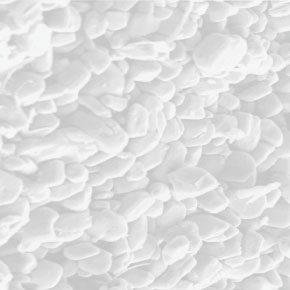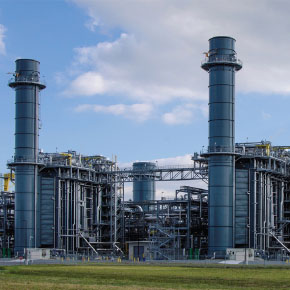

Gypsum is one of the great versatile materials in modern construction. Gypsum is used in most building types in a wide range of forms and applications including wall, lining, partitions, sound control and fire protection. The main environmental impacts associated with gypsum based products mainly result from the production process, transportation and last but not least disposal. Efforts directed by various goverments currently concentrate on reducing the quantity of used gypsum being diverted from landfill to be recycled so that mining gypsum can hopefully slow down.
Walla formulation is an innovative achievement of the research and development team to come up with a solution that turns the products into a more value added and at the same time solving the environmental problems.


This gypsum is a by-product of the desulphurisation of the flue gases of coal-fired power stations. Sulphur dioxide emission control systems remove sulphur from combustion gases using 'scrubbers'. One particular type of scrubber that uses either lime or limstone reagent system produces 'FGD gypsum' which is chemically nearly identical to mined natural gypsum.
Currently in Thailand or elsewhere the product FGD gypsum is mainly used for landfill and small amount as cement additives and animal feed. There is no commercial usage as construction material.